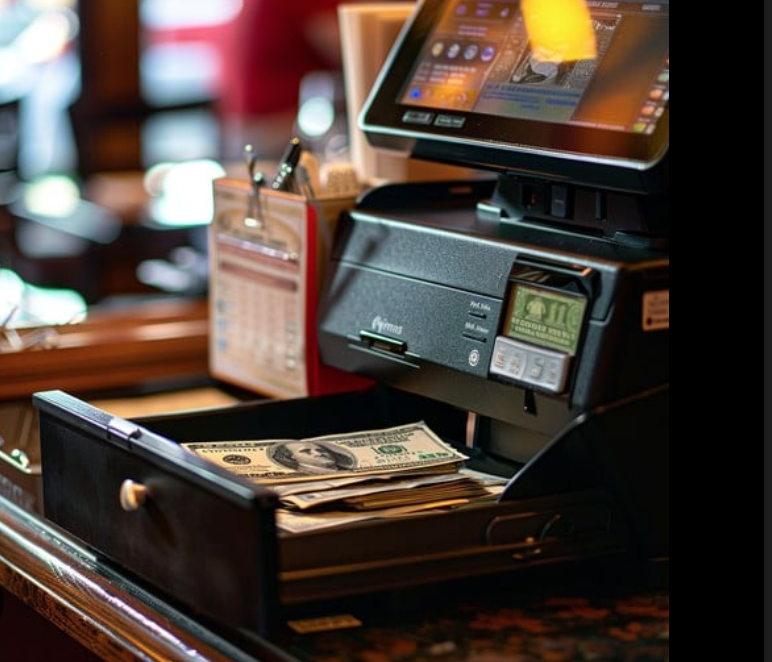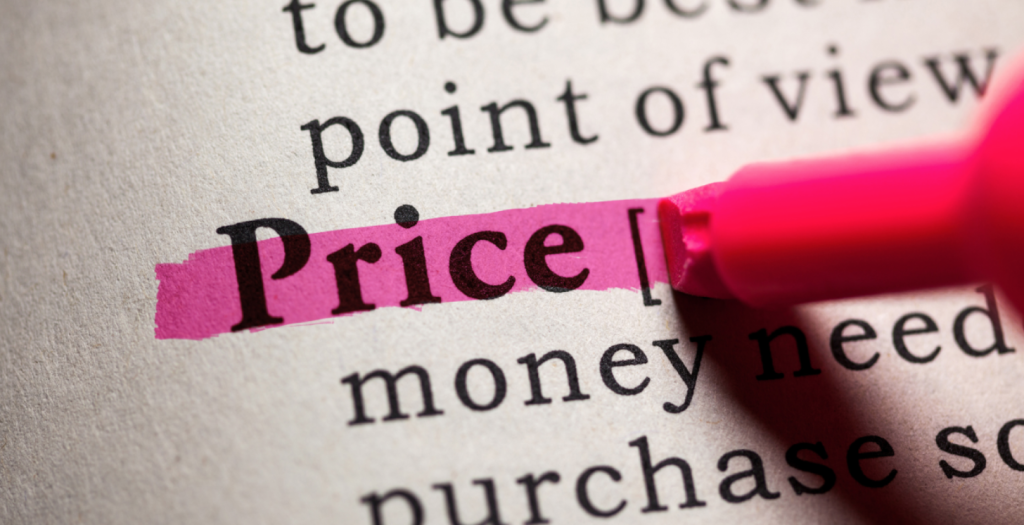Why Wall Chargers Are Moving from USB-A to USB-C — and What It Means for Retailers

Why Wall Chargers Are Moving from USB-A to USB-C — and What It Means for Retailers
The Power Shift That’s Easy to Miss
Most retailers and route vendors already know that the charging cable game is changing. The industry has moved from Lightning to USB-C on the phone side — especially after Apple’s full transition to USB-C. But a more subtle, equally important transformation is happening on the adapter side — the part of the wall charger that your cable plugs into.
The familiar rectangular USB-A port — the one we’ve used for nearly two decades — is quietly being replaced by the smaller, oval-shaped USB-C output. This isn’t just a cosmetic upgrade. It’s a full-scale technology shift with implications for wholesale buyers, retailers, vending operators, hotels, and convenience distributors.
BLOKK Technologies, a Florida-based wholesale charging supplier, has seen this change coming for years. The brand’s new dual-port wall adapters and nylon-braided USB-C cables are built around this exact evolution. Understanding why this shift matters — and how to stock correctly — can mean the difference between staying ahead of the curve and getting stuck with obsolete inventory.
Why the Industry Is Ditching USB-A
USB-A has been the standard since 1996. It’s reliable, familiar, and found on billions of devices. But it’s also limited.
-
Power Delivery (PD) – USB-A caps out at around 12 watts in most applications. USB-C, on the other hand, supports up to 100 watts and can handle Power Delivery (PD), the fast-charging standard used by iPhones, Androids, tablets, and even laptops.
-
Data and communication speed – USB-C ports move data up to 20x faster than USB-A. While that doesn’t always matter for charging, it matters for future-proof accessories and higher-value retail appeal.
-
Smaller footprint – USB-C outputs allow for dual-port compact chargers that are lighter, cooler, and more energy efficient.
-
Universal compatibility – Governments and tech alliances are driving toward universal standards. The European Union’s mandate for USB-C on devices by 2025 has accelerated global manufacturing shifts across all hardware — including adapters.
In short: USB-C is not just a port; it’s a power platform.
The Retail and Wholesale Implications
For wholesalers, distributors, and retailers, this transition means three things: inventory turnover, margin opportunity, and education.
1. Inventory Turnover
The shift from USB-A to USB-C on the wall charger side is already rendering old-stock adapters less desirable. Retailers that still carry shelves of single-port USB-A adapters will soon find demand slipping as customers upgrade their phones and expect USB-C compatibility.
That doesn’t mean USB-A is instantly dead — it means it’s entering its decline phase. Smart buyers will phase out older inventory while introducing hybrid and dual-port models (USB-A + USB-C) to bridge the gap.
2. Margin Opportunity
New technology means higher perceived value. While single-port USB-A chargers typically retail for $5–$7, dual-port or pure USB-C fast chargers easily command $10–$20 at retail. For route vendors, hotel amenity resellers, or convenience stores, that’s a direct margin lift.
BLOKK’s 20W dual-port wall adapter, for example, pairs perfectly with the brand’s premium braided cables, letting retail partners bundle high-margin combos that sell faster and build brand trust.
3. Education and Trust
Most customers don’t understand ports. They just know their charger “does or doesn’t work.” Retailers that educate customers — with signage, packaging clarity, or bundled kits — will win the sale and loyalty. BLOKK addresses this head-on with packaging that clearly labels “USB-C Fast Charge Output” and “Universal Power Delivery,” ensuring customers recognize the value at a glance.
The Dual-Port Sweet Spot
During any technology shift, there’s a transitional phase where two generations overlap. That’s exactly where we are right now — and it’s where the biggest opportunity lies.
Dual-port wall chargers (one USB-A and one USB-C) are the bridge between old and new. They appeal to the widest base of consumers — those with legacy USB-A cables and those upgrading to USB-C.
For retailers and vending operators, this design:
-
Increases your addressable market (covers both port types).
-
Simplifies SKU management (one product fits all).
-
Encourages multi-item sales when paired with BLOKK’s dual-tip or C-to-Lightning cables.
-
Positions your brand as modern but compatible.
It’s no surprise that BLOKK’s best-selling wall charger is a dual-port model. It’s compact, vented for safety, PD-compatible, and built for wholesale pricing efficiency. That’s the formula most retailers should adopt during this transition.
USB-C Power Delivery: The Retailer’s Edge
One of the biggest benefits of USB-C is Power Delivery (PD) — a communication protocol that allows the charger and device to “talk” and negotiate optimal power flow. Instead of pushing a fixed wattage like older chargers, PD dynamically adjusts voltage and current to charge faster and protect battery health.
From a retail perspective, here’s why that matters:
-
Faster charging = faster sales. Customers upgrade to faster chargers for convenience — a proven upsell trigger.
-
PD compatibility adds credibility. When a package says “PD Fast Charge Compatible,” it signals premium quality and safety.
-
Supports all modern devices. PD works across iPhones (8 and later), Androids, iPads, tablets, and laptops. Retailers only need one standardized solution.
BLOKK integrates PD technology into all of its new-generation wall adapters. That means your customers get faster, safer charging — and your business gets repeat buyers who trust your brand.
The Real Speed Difference: USB-C vs. USB-A in Action
Speed isn’t marketing hype — it’s math. A traditional 12-watt USB-A charger typically pushes 5 volts × 2.4 amps. A modern USB-C Power Delivery adapter, like BLOKK’s 20W Dual-Port model, delivers up to 9 volts × 2.22 amps, cutting iPhone charging times by nearly 50 percent and powering many Android devices from 0 to 50 percent in under 30 minutes. Customers notice that difference immediately. For retailers, that performance advantage translates into faster inventory turnover and higher satisfaction scores. When your charger fills a battery twice as fast, it sells twice as easily — and that’s exactly what BLOKK’s C-port adapters are built to do.
The Wholesale Advantage
If you buy in bulk — whether you’re a vending route vendor, convenience distributor, or tech reseller — you already know that buying the wrong SKU can freeze capital. USB-C adoption changes how you plan and price your next order.
Here’s how to stay ahead:
-
Phase in C-port outputs gradually — Start with 60/40 dual-port to single-port inventory.
-
Bundle smartly — Pair C-port adapters with C-to-Lightning and C-to-C cables for a complete solution.
-
Educate your B2B customers — Use your BLOKK sell sheets or product imagery to highlight the new benefits (faster charging, PD support, smaller footprint).
-
Leverage packaging as education. BLOKK’s red “Lightning” and blue “USB-C” variants make it easy to distinguish which cable pairs with which adapter — reducing confusion at point of sale.
The wholesalers who act now — updating their product mix before everyone else — will secure early market share and better margins.
The Long Game: Universal Power Everywhere
USB-C isn’t just a connector — it’s the first truly universal power standard. It can charge a phone, a laptop, a tablet, or even a gaming console. As more devices adopt this standard, the wall outlet ecosystem will consolidate around C-port power delivery.
What does that mean for retailers?
-
Less clutter, more compatibility. Fewer SKUs needed to cover all charging needs.
-
Higher perceived value per unit. As consumers recognize the C-port shape, they associate it with “fast charging” and “premium tech.”
-
Simpler upselling opportunities. When every device uses the same power protocol, it’s easier to sell higher-end accessories.
By 2026, analysts expect over 70% of all wall adapters manufactured to feature USB-C outputs only. Retailers who transition now will be ready; those who don’t will be forced to discount outdated USB-A stock later.
What BLOKK Is Doing Differently
BLOKK Technologies isn’t just selling cables and chargers — it’s engineering for the next phase of device power. Every BLOKK product is designed with three principles: strength, speed, and reliability.
-
Strength: Braided nylon exteriors and reinforced connectors that survive 10,000+ bends.
-
Speed: USB-C Power Delivery compatibility up to 20W on wall adapters and 60W on select packs.
-
Reliability: Wholesale consistency — uniform output specs, quality control, and simple packaging that vending and retail buyers can trust.
As the industry transitions, BLOKK’s catalog is intentionally balanced between USB-A legacy products and C-port-focused solutions, allowing vendors and retailers to scale confidently without getting caught between standards.
Whether you’re buying 10 units or 10,000, BLOKK positions your business for where the market is going — not where it’s been.
How to Prepare Your Business
Here’s a short action plan for retailers, wholesalers, and route vendors ready to adapt to the C-port future:
-
Audit your current inventory. Identify which SKUs are still USB-A only.
-
Add a dual-port charger option. This will satisfy both customer types and move your store forward.
-
Create signage or bundle offers. Label chargers as “USB-C Fast Charge” or “PD Compatible” to educate customers.
-
Order test stock from BLOKK. Evaluate performance, packaging, and sell-through before scaling up.
-
Phase out obsolete single-port USB-A blocks. Offer discounts to move them quickly while transitioning to modern stock.
-
Track customer feedback. Note which devices customers are using and what compatibility questions arise. This helps tailor future orders.
By proactively shifting your mix toward USB-C output adapters, you’ll capture early adopters, satisfy everyday consumers, and align your brand with the next decade of charging standards.
Final Thoughts
USB-A powered the mobile revolution. USB-C is powering what comes next. For retailers and wholesale buyers, the shift from A-port to C-port wall adapters isn’t a small detail — it’s a competitive inflection point. Those who adapt now will enjoy higher margins, stronger customer loyalty, and fewer headaches down the road.
BLOKK Technologies is already there — building reliable, fast-charging solutions that help businesses stay ahead of the curve. From vending route vendors to hotel distributors, BLOKK’s USB-C and dual-port adapters deliver the strength, speed, and reliability today’s customers expect.
The future is smaller, faster, and more universal — and it plugs into a C-port.
Recent posts

Travel doesn’t just change landscapes—it changes behavior. When people step into airports, cruise terminals, hotels,...

In the world of convenience retail, every square inch of shelf space must justify its...

Convenience stores occupy a unique place in the retail world. Customers who walk through those...

Most wholesale buyers understand the basics of cost and markup — but very few truly...
